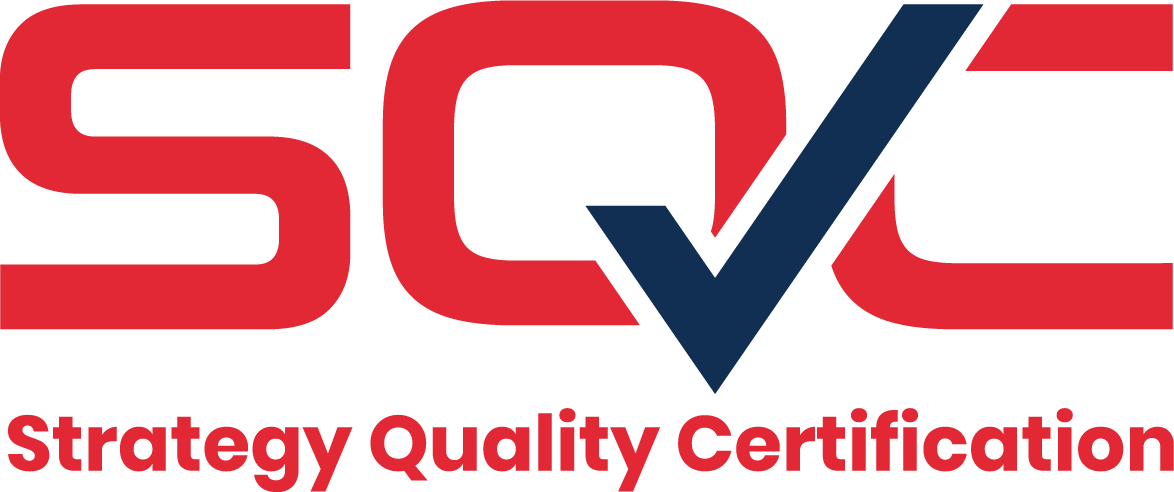품질경영시스템 인증 (ISO 9001)
ISO 9001 is an international standard for quality management systems established by the International Organization for Standardization (ISO). It has been adopted by approximately 150 countries and serves as a universally recognized credential in global trade, much like a passport in the international business community.
The ISO 9001 quality management system certification is a scheme that evaluates whether a supplier’s quality management system complies with the ISO 9001 standard and grants certification accordingly. It is applicable to all industries. A wide range of organizations—including manufacturing companies, software development firms, trading bodies, service providers, police departments, professional football teams, and municipal councils—have successfully implemented the ISO 9001:2015 system. The requirements of ISO 9001 are comprehensive and can be applied to any organization regardless of its type, size, or the products and services it provides. As such, ISO 9001 is the most widely adopted quality management standard in the world.
The Importance of a Quality Management System
- Building trust with customers and employees
- Elimination of barriers between departments
- Achievement of established business objectives
These outcomes can be achieved through the implementation of a quality management system.
Effects of a Quality Management System
The adoption of ISO 9001 demonstrates that a company is recognized as a global organization by proving the following.
- Cost reduction and increased efficiency through better management of core processes.
- Improved customer satisfaction and retention of existing clients.
- Improved employee motivation, awareness, and morale.
- Enhanced position in the marketplace.
품질경영시스템의 구성요소 (ISO 9001:2015)
| 요건번호 | 제목 | |
|---|---|---|
| 4. Context of the Organization | 4.1 | Understanding the organization and its context |
| 4.2 | Understanding the needs and expectations of interested parties | |
| 4.3 | Determining the scope of the quality management system | |
| 4.4 | Quality management system and its processes | |
| 5. Leadership | 5.1 | Leadership and commitment |
| 5.2 | Policy | |
| 5.3 | Organizational roles, responsibilities, and authorities | |
| 6. Planning | 6.1 | Actions to address risks and opportunities |
| 6.2 | Quality objectives and planning to achieve them | |
| 6.3 | Planning of changes | |
| 7. Support | 7.1 | Resources |
| 7.2 | Competence | |
| 7.3 | Awareness | |
| 7.4 | Communication | |
| 7.5 | Documented information | |
| 8. Operation | 8.1 | Operational planning and control |
| 8.2 | Requirements for products and services | |
| 8.3 | Design and development of products and services | |
| 8.4 | Control of externally provided processes, products, and services | |
| 8.5 | Production and service provision | |
| 8.6 | Release of products and services | |
| 8.7 | Control of nonconforming outputs | |
| 9. Performance Evaluation | 9.1 | Monitoring, measurement, analysis, and evaluation |
| 9.2 | Internal audit | |
| 9.3 | Management review | |
| 10. Improvement | 10.1 | General requirements |
| 10.2 | Nonconformity and corrective action | |
| 10.3 | Continual improvement | |
